Bye-Bye 2009: Most Influential Cars of the Decade
By John LeBlanc
These weren’t the best-selling, best-looking or best-performing new cars from the past decade. But these were the vehicles that set trends and had other automakers scrambling to play catch-up. Chronologically, here are the 10 most influential cars:
A one-finger-salute to the stodgy luxury sedan class, the fourth-generation 7 Series (or E65 in BMW-speak) continues to influence car design — both inside and outside of vehicles — years after its release.
Its revolutionary iDrive central controller was seen as a gimmick. Today though, every one of BMW’s rivals has some type of iDrive rip-off.
Same goes for the E65’s exterior. Dubbed the “Bangle Butt” — in reference to the automaker’s head of design at the time, Chris Bangle — the 7 Series’ raised rear deck lid and sculpted rear fenders ended up influencing cars as varied as the Toyota Camry to the just-released Buick Regal.
Ever since the early 1970s, hatchbacks have been seen as cheap and down-market — the bottom feeders of the market. The thinking was: hatchback buyers didn’t have the coin to buy the “whole” car. You know, with a “real” trunk.
Offering big-car features in a minimalist footprint, the “new Mini” changed all that.
No other car in its class had as much safety kit or in-car-entertainment choices or ability to customize. And with its BMW 3 Series-sourced rear suspension and turbocharged engine, the S model would shame cars costing three-times its price on a twisty road.
Plus the “new Mini” demanded big-car prices. Which has rivals scrambling to offer their own premium small cars (Ford Fiesta, Fiat 500, Audi A1, etc.) based on the Mini formula.
Although there were already unibody crossovers like the Toyota Highlander on sale, the eight-passenger Pilot was the first vehicle to blend the accommodations and economy of a minivan with (some of) the toughness of a traditional SUV
Mainly because the Pilot was based on Honda Odyssey nuts and bolts, it was roomier, got better fuel economy and drove more competently than the truck-based Chevrolet Tahoes and Ford Explorers of the time.
A new die was cast. Truck-based, mid-sized SUVs were soon replaced with the likes of the Chevrolet Traverse, Buick Enclave, Ford Flex, Mazda CX-9, Hyundai Veracruz and Kia Sorento among others.
2004 Toyota Prius
Arguably, this second-generation Prius hybrid, above, may be the most-influential car of the Naughts. Think about. For better or for worse, if not for the popularity of the second-generation Prius, the gasoline-electric hybrid as an alternative to gas-only cars wouldn’t exist.
Not only do hybrids like the Honda Insight and Chevrolet Volt owe their existence as a rebuttal to Toyota, technologies made popular by the Prius (continuously-variable-transmission and stop-and-start) are now ending up in gas-only cars as solutions for better fuel economy.
Just as the market for personal-use pickups was nearing its peak, Ford raised the bar up another notch by offering luxury-car interior features in its 2004 full-size F-150.
In a segment where coarse plastics and flat bench seats was the interior design brief, the F-150 served up features like wood, leather, aluminum trim and a console-mounted gear selector — all stitched together with the care found in a Lincoln.
Although rivals scrambled to keep up (see the new Dodge Ram), the Ford pickup still offers one of the nicest interiors you can buy — car or truck.
If you’re a fan of the resurrected Chevrolet Camaro or Dodge Challenger coupés, thank Ford, specifically the last generation Mustang.
When the fifth iteration of the Mustang arrived in 2005, it pretty much had the American sports coupé market to itself, becoming one of the hottest-selling cars of the year. Ford ratcheted up production to 192,000 units for 2005 — 80,000 more than in 2004.
With GM and Chrysler salivating over those numbers, they quickly reacted with their own resurrected sports coupés.
Despite having four doors and a solid B-pillar, Mercedes-Benz called its swoopy-roofed CLS “four-door coupé.” Amazingly, no one seem to flinch at `Benz’s questionable semantics.
The CLS’s gorgeous looks seemed to obliterate any critical analysis — like the fact that it had two more doors than a coupé.
Smelling the profits, CLS copy cats from other automakers soon followed. Volkswagen’s Passat CC is a direct rip-off. As is the BMW X6 (a “Sports Activity Coupé”) and the Acura ZDX (a “coupé SUV.)
Why does outrageous styling have to be the exclusive property of expensive cars?
That seems to be the question Chrysler designers were asking when they penned the 2005 300C. No longer did mainstream cars have to wear off-the-rack styling. With its Bentley-esque front prow, and chopped-roof profile, the big Chrysler sedan brought bling to the masses.
In response to the 300C, the dramatic-looking 2010 Taurus replaced the somnambulant Five Hundred, and the latest Accord has more styling character than any previous version.
We may have to wait a few years to see the level of influence the Genesis has on the industry.
But just as the 1989 Lexus LS shook up the German luxury car establishment — Audi, BMW, Mercedes — by offering a similar package but for tens of thousands of dollars less, the 2009 Hyundai sedan could have the same impact. This time, it’s the established Japanese premium bands — Acura, Lexus, Infiniti — that may need to readjust their value equations.
Just as customers questioned the value of German sedans in the early 1990s, the Genesis asks the question, Why pay more for a Lexus? at a time when many customers are looking for value more than status.
You may look at the $2,500 Nano as a shopping cart with the engine and crash rating of a riding lawn mower.
But if you’re one of the billions of new car customers in countries like India, Brazil or China who are currently using sandals, a bicycle or a mule to get to work, the Nano is a real car you can actually afford. And other automakers have taken notice.
Looking at the potential for a Nano of its own, Volkswagen recently purchased a chunk of Suzuki, mainly to gain access to the automaker’s low-cost, small-car expertise and dominance in the Indian market. Nissan-Renault is looking at selling some of its low-cost, Romanian-made Dacias in North America.





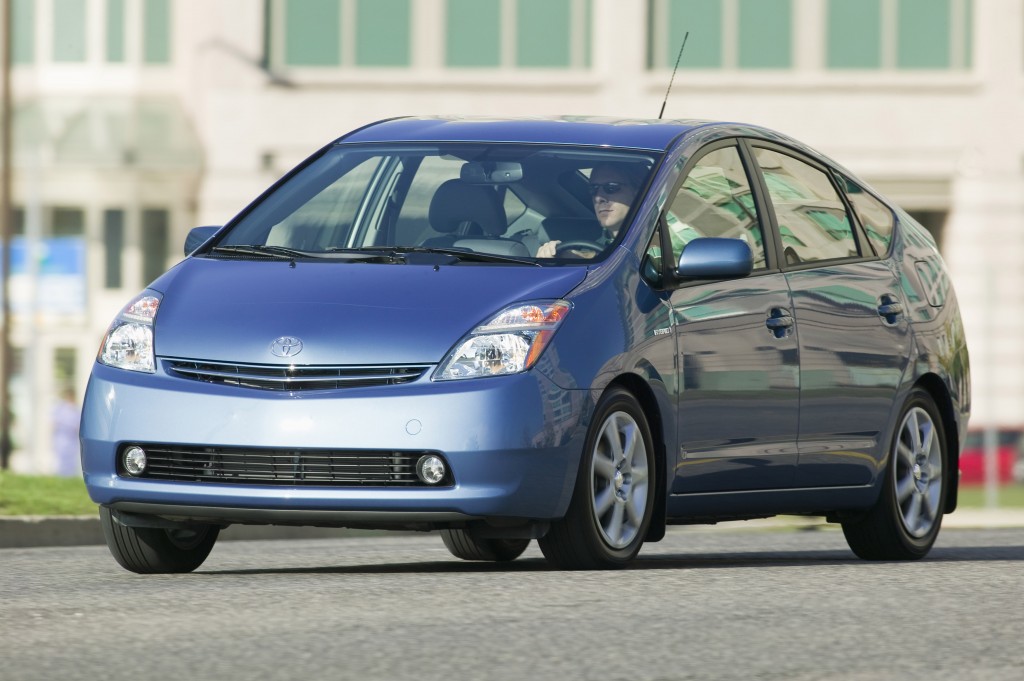
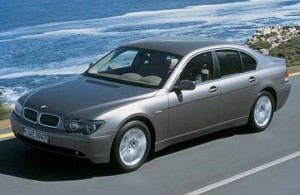
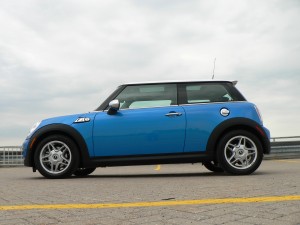
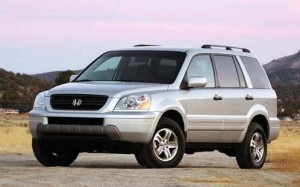
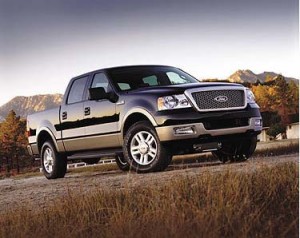
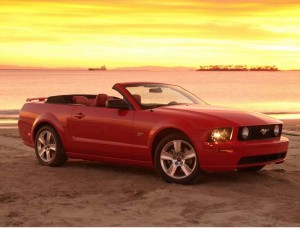
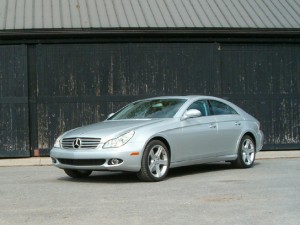
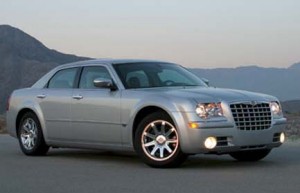
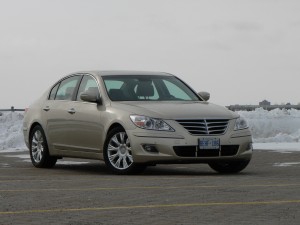
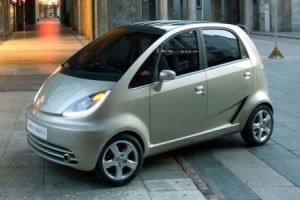
![[del.icio.us]](https://www.straight-six.com/wp-content/plugins/bookmarkify/delicious.png)
![[Digg]](https://www.straight-six.com/wp-content/plugins/bookmarkify/digg.png)
![[Facebook]](https://www.straight-six.com/wp-content/plugins/bookmarkify/facebook.png)
![[Google]](https://www.straight-six.com/wp-content/plugins/bookmarkify/google.png)
![[Reddit]](https://www.straight-six.com/wp-content/plugins/bookmarkify/reddit.png)
![[StumbleUpon]](https://www.straight-six.com/wp-content/plugins/bookmarkify/stumbleupon.png)
![[Twitter]](https://www.straight-six.com/wp-content/plugins/bookmarkify/twitter.png)
![[Email]](https://www.straight-six.com/wp-content/plugins/bookmarkify/email.png)